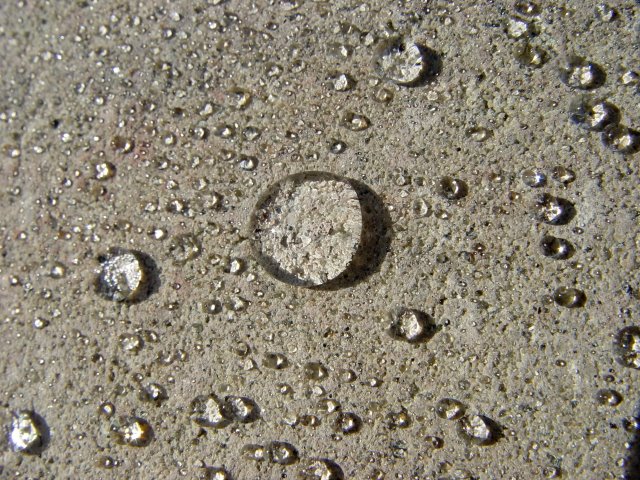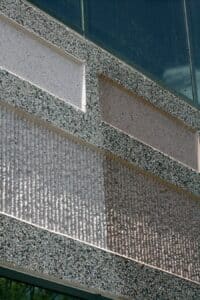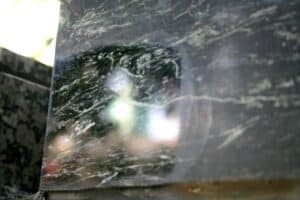As beautiful as newly-cleaned precast looks, it is not enough to preserve the appearance for long. Sealers should be used after the cleaning process to close up the pores of the concrete or stone to prevent a repeat performance of contaminant penetration, which will require cleaning more often and with much more cost. Not convinced?
Here are six good reasons to seal your precast or stone after cleaning:
- Prevent the need for frequent pressure washing – Sealed stone stays cleaner for longer and resists staining and discoloration.
- Guard adjacent materials from mineral leaching – Excess minerals leach from precast onto architectural glass, metal, and other materials where mineral stains are formed relatively quickly. Sealing your precast keeps adjacent windows looking cleaner for a longer period of time.
- Prevent oil, water, and stain penetration – Many types of contaminants can adhere to stone surfaces: vehicle exhaust, tree sap, fluid from leaking vehicles, and many other negative environmental influences.
- Protect against mold and mildew – Sealing stone material prevents the penetration of water. Without water penetration, green and black algae stains are unable to develop as they normally would.
- Avoid water damage – If water is allowed to penetrate your precast, it starts to erode the bond that holds the stone together. This is especially damaging during winter months as water freezes and expands, compromising the strength and bond of the manufactured stone composition. This causes cracks, and even separation of material components and is expensive to repair. In situations with precast panels, water damage normally only occurs at the surface level requiring a product especially designed for superior surface protection.
- Protect your steel components – If water is allowed to penetrate your concrete and is exposed to steel components that supports your building’s structure, rust can form. This can cause serious structural damage and material staining.
Selecting the Right Stone Protection
There are many different types of water repellant materials available today. Silanes, siloxanes, silicones, acrylics, waxes, epoxies, siliconates and fluoropolymers, just to name a few. In addition, many of these materials can be combined to create a totally new material for use on various surfaces. It is important to not only choose the correct product for the required application, but to also insure that the product is properly applied for optimum results.
Our team has the experience installing a broad range of concrete, precast or stone sealers and can specify the correct product for your project. Let’s discuss how Presto’s methods differ from other sealing services and how we may be of service to your company. Call us at 1-800-693-1228.




